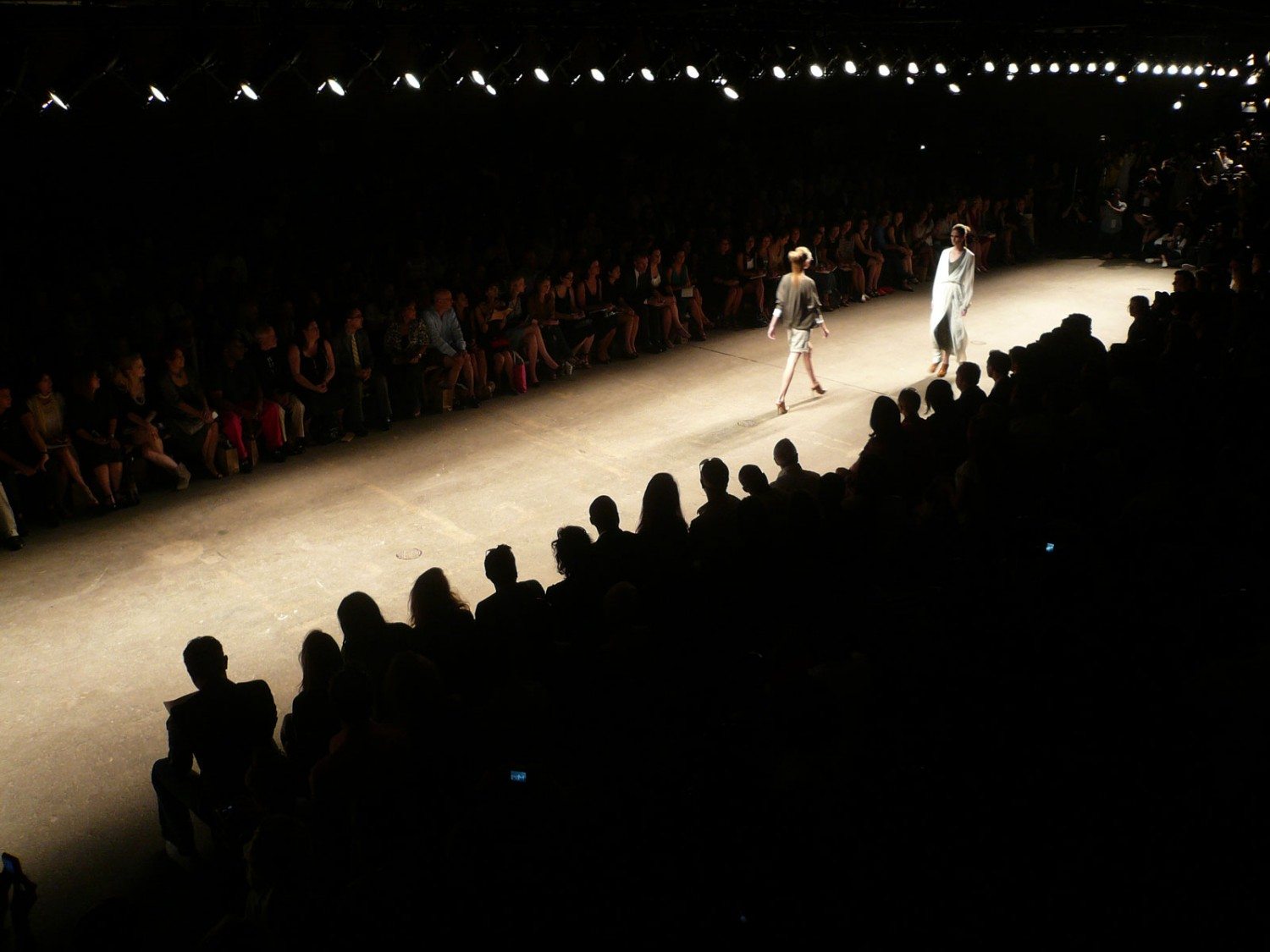Warning: Undefined array key "sharing_networks_networks_sorting" in /var/www/wp-content/plugins/monarch/monarch.php on line 3904
Warning: Trying to access array offset on value of type null in /var/www/wp-content/plugins/monarch/monarch.php on line 3904
Study New York is a woman’s RTW brand derived from the practice and vision of creator Tara St James. The brand’s smart designs are produced locally in the garment district though many of their elements are inspired by artisans around the world. The prevailing aspect of the brand is St James’ commitment to sustainability and ethical production. Her ardor for sustainability transcends her stylish line and she frequently lectures at institutions such as Pratt and FIT in order to educate emerging designers on the importance of ethical fashion. Downtown was thrilled to learn more about James’ sustainable aesthetic:
1. What compelled you to create the brand Study New York?
I knew very young that I wanted to design clothes and work in fashion. I studied menswear in college because I liked the rigid structure of tailoring. I still apply a lot of those principles to my womenswear designs. Another underlying principle I learned from studying menswear – though it was not mentioned outright – was a disregard for trendy items, with a focus on craftsmanship, fit and longevity of wear. I started my career working in the denim industry, then worked for larger fast fashion brands in Montreal and New York. In 2009 I left my last job designing a high street brand called Covet and started Study. I started Study at a time in my career when I was very frustrated with fast fashion and mass production. With Study, we wanted to not just source sustainable materials but also produce them locally. There is a bit of a disconnect between sourcing sustainable materials and then producing garments in a large factory in China. I had a lot of experience sourcing sustainable materials through previous roles, however, producing the clothing locally was something completely new for me, very different, but a really enjoyable experience. I love being so hands on. We have also looked at our business model and want to provide an alternative to fast fashion and the traditional fashion calendar. We have moved away from seasonal collections, which never made sense to me. We now provide monthly editions and develop a few new pieces for the months ahead. This has been a great change for me and the stores love it as they are getting new stock in that is relevant to the time of year and can really build a collection.
2. How and when did you first become interested in clothing and design?
I have a drawing of a collection I designed when I was 5 years that my mother saved for me. While I don’t remember a specific moment in time when I started becoming interested in fashion, I also can’t remember a time when I wasn’t interested in it.
3. Your garments made through ethical materials and production, what inspired you to incorporate ethical and sustainable practices into the brand?
Fashion is art in my opinion. But to some cultures clothing is just a means of protection from the elements. There is such a huge gap between how first and third world nations view clothing and design. Ethical fashion has the ability to bridge that gap by providing developing nations with a market for their traditional craft techniques and a sustainable business opportunity. I don’t believe one person should have to suffer for another person to look good.
One of the sustainable strategies I incorporate into the brand is zero waste patternmaking which is a philosophy in construction. It is a combination of fashion design and puzzle making, creating a pattern that utilizes all the fabric when it is cut (rather than repurposing the leftover scraps for unnecessary ornamentation on a garment). In addition to zero waste patternmaking I also upcycle all my scraps to a piece called the Weaving Hand sweatshirt as well as quilts and other items, which you can see on my website.
4. How has being located in New York affected the brand’s growth and direction?
I spent the first 10 years of my career producing overseas (China, India, Brazil, Korea) and while I loved the efficiency of sitting in an office and emailing my designs to someone who would then do all the research and development, I now have a much broader understanding of construction, costing, fit and finishing as well as a deeper appreciation for the intricacies of garment manufacturing. The biggest difference between domestic and import production – besides the lower cost of outsourced production – is that I no longer have the luxury of being able to sit back and let someone else source my fabrics and trims, which just means I am now responsible for all those decisions. I wouldn’t trade what I have now for any amount of efficiency in the world.
5. You also work to educate others about the importance of sustainability in design, what are some resources that people should know about to learn more about ethically produced fashion?
Shortly after starting Study NY, I focused on educating the next generation of designers on the importance of sustainability in design. I have extensive lecturing and teaching experience in NYC. Some of the courses I have taught are a part of FIT‘s Sustainability Certificate including: Corporate Social Responsibility, Supply Chain, and Sustainable Materials & Eco Labels. I have also critiqued and lectured at Parsons, Pratt and FIT. Currently I am working as Production Coordinator and Research Fellow in the Sustainable Strategies Lab for Pratt’s new Brooklyn Fashion + Design Accelerator.
6. Is there any news regarding the brand for people to get excited about?
I want to include more collaboration in the Study brand, whether it’s for the main product range, an off-shoot or for private label development with my retailers, I love the idea of product development on a broader scale.
-by Johanna Silver


